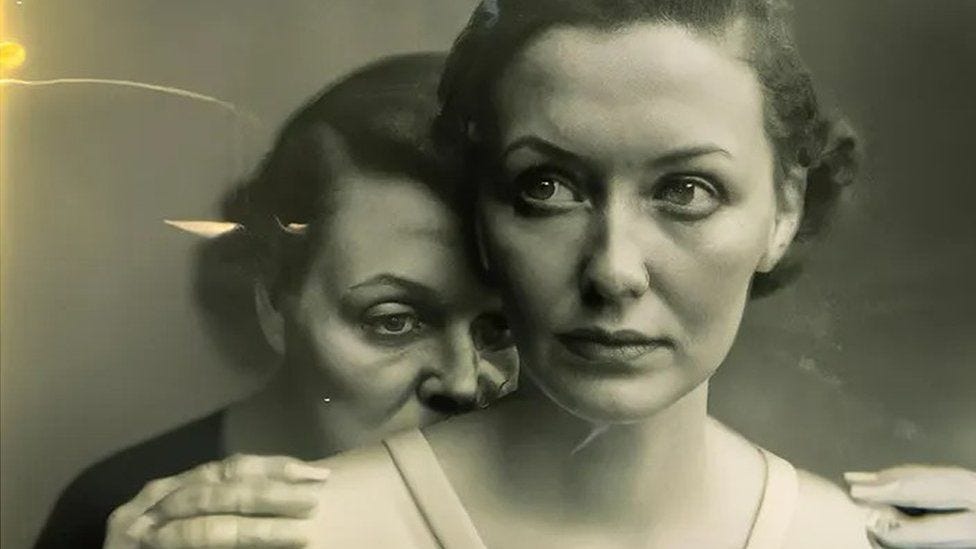The more I write about where art goes, the more I find the language clumsy.
AI discourse is dominated by engineers and salespeople, who’ve given us terms that are crude and mechanical: algorithm and neural net; generative adversarial network, computer vision, training data.
No poetry.
It encourages us to think of these concepts and tools as things that exist purely in the realm of technologists, not in the world we all share… resulting in discourse that is reductive, zero-sum, defensive, economic. Art as simply another form of content. Unsure how to react, graveyard institutions lash out defensively; awards ceremonies reject on sight, companies fret, artists worry, entertainment factories exploit.
These positions are reactionary; none of us really know what to do yet.
Still, a new medium deserves new language and definitions. Communication is lossy; the right words help.
So when it comes to describing work produced by or in union with machine intelligence, I like the term synthetic art.
Synthetic, as in — the product of a synthesis of origins, something not organic, a synthesis of human and machine.
I don’t attach an emotional valence to this; mass-producing imagery with a prompt doesn’t strike me as art any more than mass-production by other means, so I’m happy to respect genuine boundary-pushing of the imagination regardless of the process to create it.
And I’ve seen examples of artists who enhance their process through new technology, set out to work at the fringes instead of being content to simply recreate old ideas and forms through a shiny new toy.
For example
The infamous Boris Eldagsen image, initially the winner of the Sony World Photography Award in 2023, is a now-obvious piece of synthetic art; years of photographic skill and experiment to create an image that is unique and affective.
Synthetic Art
The more I write about where art goes, the more I find the language clumsy. AI discourse is dominated by engineers and salespeople, who’ve given us terms that are crude and mechanical: algorithm and neural net; generative adversarial network, computer vision
This only scratches the surface of possibility.
Omar Karim told me how after creating an AI musician that felt like a living presence, he began to explore machines collaborating with machines to produce new work. Human creative input would be the start, but the machines themselves would collaborate, better able to interpret new ideas in their own language, unmediated by an aphasic human.
Kit Volta (below) is an experimenter operating at the fringes of how photography and performance can use mixed reality to create new interactive effects, scaling the potential of a solo creator across new worlds.
This isn’t about rehashing the past but trying to break the machines. The impact isn’t about cheapness, or efficiency, but opening up unintended possibilities.
One possibility is to redraw the lines a little.
It’s tough, but one has to question all those who claim a space as an artist. When it comes to fine art, my lines are pretty tight: commercial, applied, functional and decorative arts simply don’t count.
How we choose to treat and respect the disruption to those areas is a separate issue — I don’t treat lightly the livelihoods of those whose earning power might well be annihilated by new means of creation.
But now isn’t the time to be doey-eyed or dismissive about how practices need to evolve. The task for artists against the sweeping change is clear: imaginatively embrace or imaginatively outrun.
In that sense, the words matter less than the spirit.
Because what we make might mean fine art as we always meant it, with a new intent.
Or might be something equally new, and synthetic.
.
.
.






